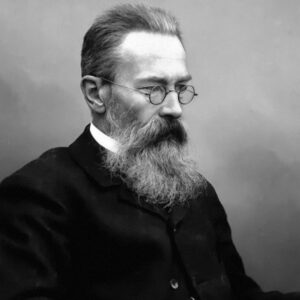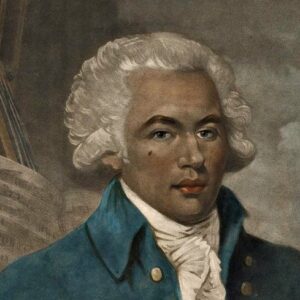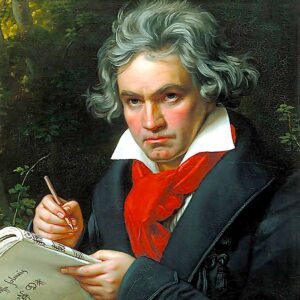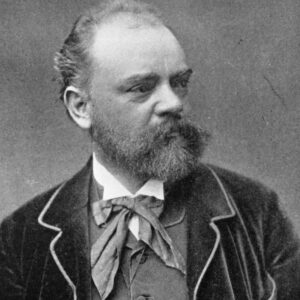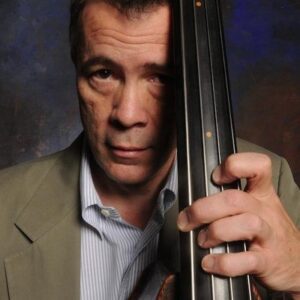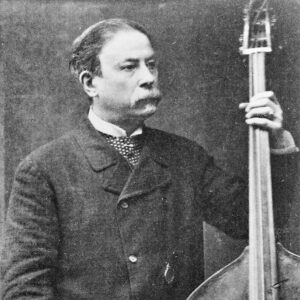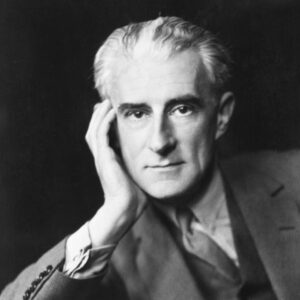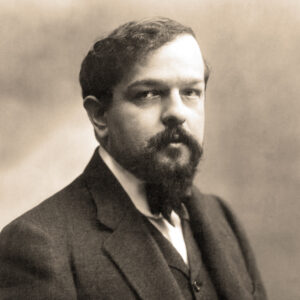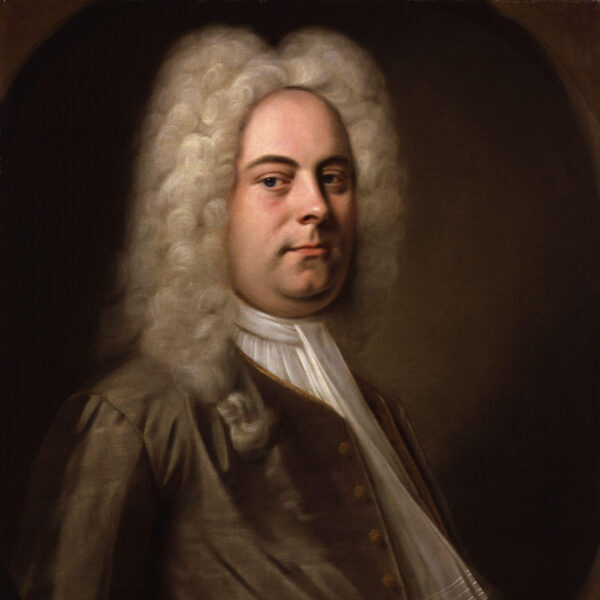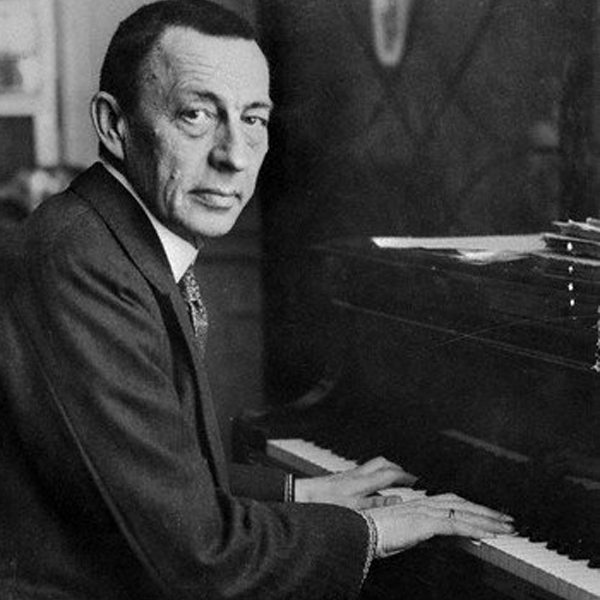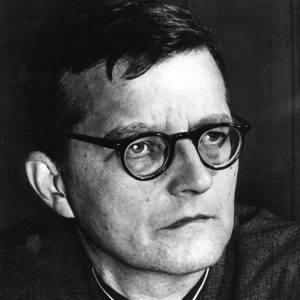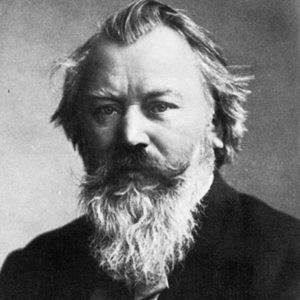Home Alone: John Williams’s Crowning Achievement
Dr. Timothy Storhoff
Special to the Winston-Salem Symphony
The name John Williams evokes the thundering brass of Star Wars, the haunting melodies of Schindler’s List, the magic of the first three Harry Potter films, the ominous ostinato of Jaws, and so much more. Williams has an unmatched catalog, but when I think about everything he’s done, it becomes clear that his greatest accomplishment came in 1990. Home Alone is the soundtrack to many a family gathering, now ingrained in the collective memory of generations. Its broad appeal and emotional depth make it a dark horse that outpaces the competition. Read on and I’ll explain how the whimsical yet emotional score of Home Alone is not just a festive favorite, it’s the pinnacle of Williams’s illustrious career.
A Festive Masterpiece in Disguise
You can see the seeds for Home Alone in John Hughes’s previous film, Uncle Buck, when a young Macauly Culkin thinks he sees burglars outside his front door. When Hughes went on to write a full screenplay about a kid accidentally left alone during the holidays and having to fend off a couple bungling burglars, no one could have predicted he was crafting a cultural phenomenon that would be the biggest blockbuster of the year. Released in 1990, Home Alone was not just a film; it was a cinematic experience that blended humor, heart, and via Williams’s score, a lot of holiday magic.
The music is a character itself, capturing the spirit of the holidays while also expressing the nuanced emotions of Kevin McCallister’s adventure. It’s often charming and poignant, but there are also haunting tones throughout making you feel the fear of a child left alone. The true brilliance of Williams’s Home Alone score lies in this emotional range. It’s a rollercoaster ride that captures the innocence of childhood, the slapstick humor of Kevin’s booby traps, and the tender moments of family reunion. And throughout all of these different beats, it remains steadfast in evoking the sounds of Christmas.
Williams is a master of motifs, and Home Alone is a testament to his skill in using simple melodies to advance a story. The score is accessible and instantly recognizable, yet it has layers of complexity that reveal themselves with each listen. The playful pizzicato strings, the graceful woodwinds, and the gentle voices of the chorus all work together to create a soundscape that is as intricate as it is enchanting.
But is it the best thing John Williams has done? Let’s make some comparisons to a couple of his other iconic pieces of music and see what comes out on top.
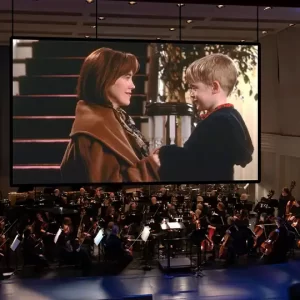
Home Alone In Concert!
Sunday, Nov 26 at 3:00PM
Outclassing “Duel of the Fates” by “Setting the Trap”
“Duel of the Fates” from Star Wars: Episode I – The Phantom Menace is undeniably epic. It’s the musical backdrop for the clash of titans, the fate of the galaxy hanging in the balance. However, “Setting the Trap” accomplishes something extraordinary. It creates similarly epic stakes but brings the thrill of adventure into the living room, making the stakes personal and the action intimate. There’s an immediate connection with Kevin’s mischievous strategy and determination that “Duel of the Fates,” for all its grandeur, can’t quite match.
Let’s talk emotional range. “Duel of the Fates” is operatic and intense, but “Setting the Trap” dances across the emotional spectrum. It’s the sound of Kevin’s ingenious booby traps and the high-stakes cat-and-mouse game he’s creating for the Wet Bandits. When “Setting the Trap” is first heard in the film, it’s layered over “Carol of the Bells” and it creates a thrilling blend of holiday sounds.
“Duel of the Fates” is powerful but it leans on the visual drama of lightsaber duels. In the ultimate score showdown, “Setting the Trap” captures the essence of John Williams’s talent for making the personal epic and the individual moment universally memorable. And let’s be honest, if Obi-Wan and Qui-Gon had been half as prepared as Kevin McAllister, we wouldn’t have needed nine movies for the Skywalker saga.
“Somewhere in My Memory” vs. “Hedwig’s Theme”: A Magical Musical Duel
The main title from Home Alone, “Somewhere in My Memory” opens with an almost eerie ostinato on the celeste. The other most recognizable use of the celeste by Williams is in “Hedwig’s Theme” from the Harry Potter films.
Musically, “Hedwig’s Theme” beautifully captures the essence of wonder and enchantment of being whisked away to Hogwarts. But now that Harry Potter mania has waned, I say just give me the original: “Neptune, the Mystic” from Holst’s The Planets. Did Williams draw on other music in creating the score for Home Alone? Almost certainly, but “Somewhere in My Memory” has achieved a rare feat. It has become ingrained in the fabric of Christmas celebrations, reaching a status akin to traditional carols so that it sits beside anything Williams was inspired by as an equal.
This evolution from a film score to a seasonal anthem may be enough to cement “Somewhere in My Memory” as John Williams’s more timeless piece. “Somewhere in My Memory” is a feelings-bomb of nostalgia; it’s right there in the name. And then there’s the lyrics, which end:
Somewhere in my memory
Christmas joys all around me
Living in my memory
All of the music, all of the magic
All of the family, home here with me
Without the Williams’s melodies and harmonies, you’d see that song title and read those lyrics and assume it’s pure Christmas schlock, as bad as that song about the Christmas shoes. But because it’s put together by John Williams, the result is truly enchanting. It captures the essence of Christmas, evoking warm, nostalgic feelings associated with family and holiday traditions. The song now resonates with listeners in a way that extends beyond the film, often being recognized and loved even by those who may not recall its origin from Home Alone.
In Conclusion
The true test of a film score is whether it can stand apart from the visuals it was created to accompany. Home Alone‘s music doesn’t just stand; it soars. It’s equally at home in a concert hall as it is in the background of your holiday party. It is a suite that tells a story, invites reflection, and conjures joy. Few scores have such power.
While the music for Home Alone may not have the cultural weight of Star Wars, it has something just as important: an indelible place in the hearts of its listeners. It’s a score that captures the essence of its film so perfectly, making you feel the rush of sledding down a snow-covered hill and the warmth of a mother’s embrace all at once.
So when you hear the Winston-Salem Symphony play the opening notes of “Somewhere in My Memory” this Thanksgiving weekend, remember that you’re not just listening to a holiday tune; you’re experiencing John Williams’s best work—a score that is as full of life and as enchanting as the season it celebrates. Now, tell me, what could be more magical than that?

Tim Storhoff serves as Vice President, Chief Revenue and Patron Relations Officer at the Winston-Salem Symphony. Tim holds bachelor’s degrees in Bassoon Performance and American Studies from the University of Iowa along with a Master of Music and Ph.D. in Musicology from Florida State University. His book on U.S.-Cuban musical diplomacy was published by the University Press of Mississippi in 2020.



